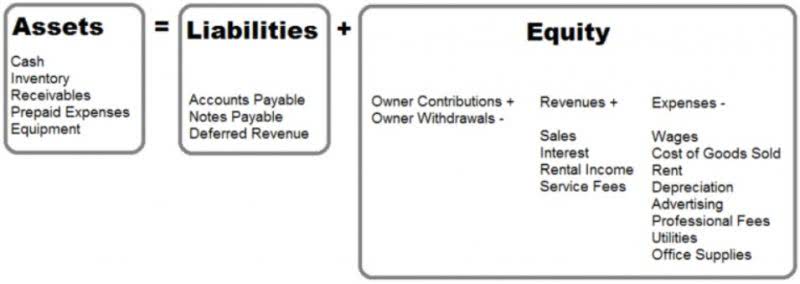Daybooks: A Book for Your Mind
May 15, 2024 7:04 am Leave your thoughts
Students who were absent met with her during center time to catch up on what they missed. A daybook is a book of original entry in which an accountant records transactions by date, as they occur. These transactions are recorded in chronological order, where each one is recorded in the order in which it occurred. This results in a set of records that start at the beginning of a reporting period, and progress to the end of the reporting period. A trial balance is a listing of balances extracted from each account at a given time.
- It follows that Receipts and Payments meets the cash basis definition, but it does not follow that cash basis is a more simplified basis.
- As students learned about each of the comprehension strategies and the tools for understanding, Ms. Wilson asked students to make note of the mentor texts used to teach the strategies.
- When there’s a quote or a poem in class that I want to remember, I jot it down.
- Students referred to the Tools for Understanding section to decide on a tool that would aid their comprehension.
However, such school-boy errors are amusing and unnecessary as the terms Profit and Loss account and Balance Sheet are appropriately descriptive, traditional and enduring. The convention is that when there is a choice between two figures to take for an item the figure to take is the one that understate the profit. The reason why accountants often get a bad name (although rightly so for those who deliberately mislead). Accracy is not a public accounting firm and does not provide services that would require a license to practice public accountancy. To find out more about developing your career as a bookkeeper or accountant, get in touch below. Let’s take a look at daybook format for the different types of daybook you will be using.
Section 80C in income tax
For example, one student listed questions already explicitly stated in the book rather than his own questions on his B/D/A questioning chart. Ms. Wilson used this time to review how to use the tool for understanding and whether the content students were reading fit with the tool for understanding. A daybook in accounting terms is a book of original entry kept to record the sales, purchases and returns traditionally on a daily basis. The purpose behind the daybook is to keep the detail of the sales, purchases and returns here rather than in their respective accounts with only the totals eventually being recorded (posted) in same. The daybooks would generally record sales or purchases on credit rather than for cash as the latter would not require a “personal” account. After the Profit and Loss account is prepared the only balances left will be itself and the assets, liabilities, and capital accounts.

It is simply a notebook that you tuck into your bag and carry with you everywhere—on the train ride, in line at the grocery store, on a walk in the park. At any given point in the day, take it out and jot down a few lines. In three of my five classes this semester, I’m required to keep regular entries in this daybook; I can easily say it’s my favorite assignment of my college what is a daybook experience. These examples are programmatically compiled from various online sources to illustrate current usage of the word ‘daybook.’ Any opinions expressed in the examples do not represent those of Merriam-Webster or its editors. Indeed, the table of contents proved to be difficult, but keeping it allowed students to learn the conventions of a table of contents.
Origin of daybook
The accruals basis is the double entry method of recording the dual aspect concept of all transactions. The Receipts and Payment is a method of merely recording cash and bank transactions; it does not use the double entry method of recording. Cash basis means accounting only for the cash and bank transactions – regardless of whether a single or double entry method is used.
The students who meet with Ms. Wilson retrieve composition books with black and white marbled covers, and they enthusiastically settle into their chairs in the back of the room with the teacher. Students in the various literacy centers have the same composition books open, busily writing and reading. Karin (first author) witnessed a similar scene every time she visited Ms. Wilson’s classroom. This article explains how to create and use a daybook in the literacy classroom. In computerised systems they tend to be part of the double entry. Here the double entry of the Sales Daybook comprises a credit to the Sales Account and a debit to the Sales Ledger Control Account.
Categorised in: Bookkeeping
This post was written by sa-admin
